Home>Kitchen & Cooking>Kitchen Gadgets & Utensils>How To Clean A Kettle With Lemon
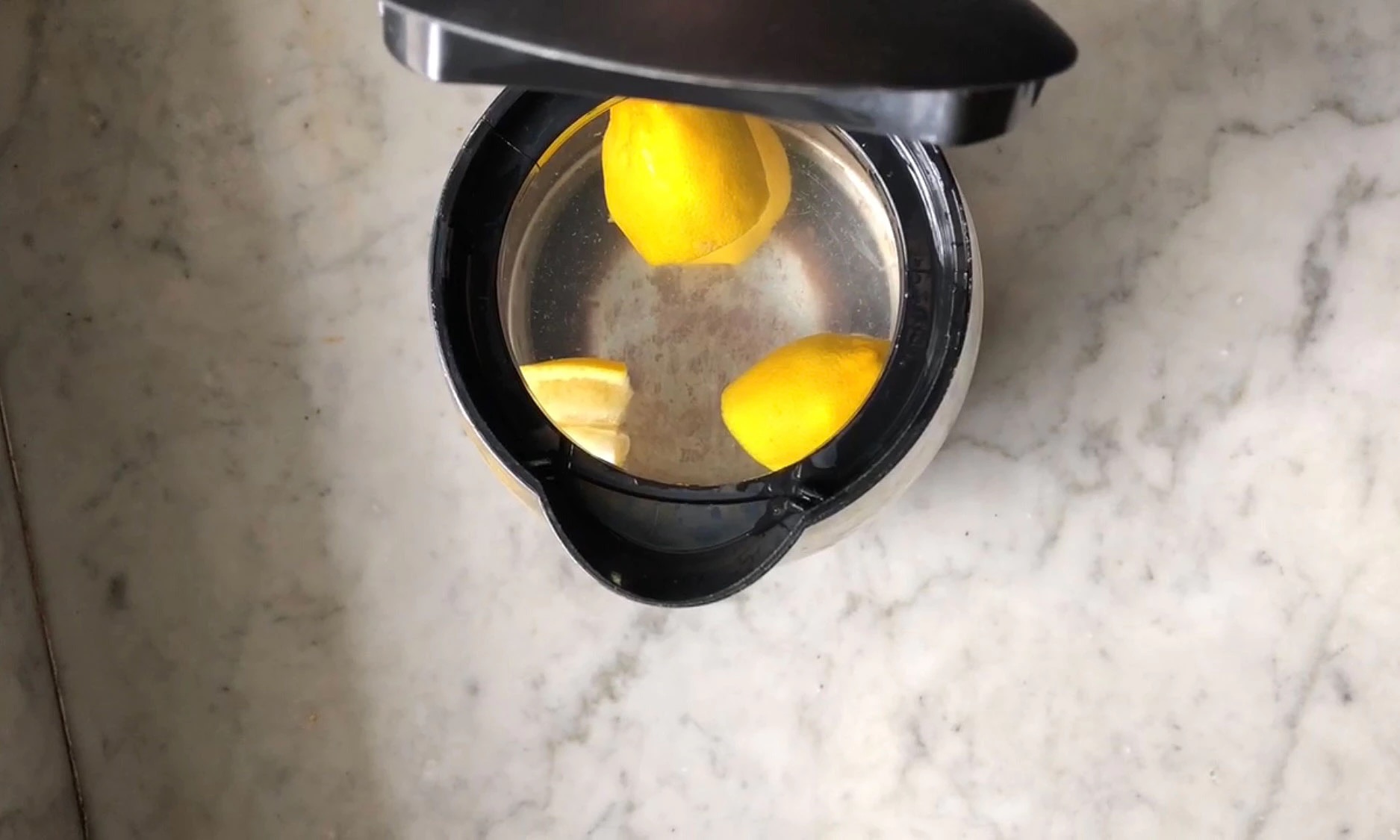

Kitchen Gadgets & Utensils
How To Clean A Kettle With Lemon
Modified: October 27, 2024
Learn how to effectively clean your kitchen gadgets and utensils with lemon. Say goodbye to kettle stains with this simple and natural cleaning method. Keep your kitchen sparkling and free from grime!
(Many of the links in this article redirect to a specific reviewed product. Your purchase of these products through affiliate links helps to generate commission for Storables.com, at no extra cost. Learn more)
Introduction
Welcome to the world of kitchen magic, where everyday items can be transformed into powerful cleaning agents. One such item is the humble lemon, which not only adds zest to your recipes but also works wonders when it comes to cleaning your kitchen gadgets. If you’re wondering how to clean a kettle with lemon, you’re in for a treat. This natural and eco-friendly method will leave your kettle sparkling and free from mineral deposits and limescale buildup.
Whether you use your kettle to brew your morning cup of tea or to prepare hot water for cooking, it’s essential to keep it clean and free from any residue that might affect the taste and quality of the water. Using lemon to clean your kettle is not only effective but also safe, as it doesn’t involve harsh chemicals that could potentially contaminate your beverages.
In this guide, we’ll walk you through the simple yet effective process of cleaning your kettle with lemon. With just a few easy steps, you can say goodbye to stubborn stains and hello to a pristine kettle that’s ready to serve you delicious beverages. So, grab your lemons and let’s dive into the refreshing world of natural kettle cleaning!
Key Takeaways:
- Say goodbye to kettle grime by cleaning with lemons! It’s easy, eco-friendly, and leaves your kettle sparkling clean without harsh chemicals.
- Harness the natural power of lemons to transform your kettle into a gleaming beacon of cleanliness. Enjoy pure, untainted hot water for your beverages and culinary creations.
Materials Needed
Before embarking on the journey of revitalizing your kettle with the power of lemons, it’s essential to gather the necessary materials. Here’s what you’ll need:
- A fresh lemon or lemon juice: The citric acid in lemons is a natural cleaning agent that effectively dissolves mineral deposits and limescale, leaving your kettle sparkling clean.
- Water: You’ll need enough water to fill the kettle to its maximum capacity. The water will work in conjunction with the lemon to create a powerful cleaning solution.
- A soft brush or sponge: This will be used to gently scrub the inside of the kettle to remove any loosened residue after the lemon treatment.
- A cloth or paper towels: These will come in handy for wiping the exterior of the kettle and ensuring it shines as brightly as its interior.
- Vinegar (optional): If your kettle has stubborn mineral deposits, you may consider using vinegar as an additional cleaning agent. However, for the purpose of this guide, we’ll focus on the natural cleaning power of lemons.
With these simple materials at your disposal, you’re all set to embark on the journey of transforming your kettle into a gleaming beacon of cleanliness. Now, let’s move on to the step-by-step process of cleaning your kettle with the refreshing essence of lemons!
Step 1: Fill the Kettle with Water
The first step in the natural cleansing ritual for your kettle is to fill it with water. Ensure that you fill the kettle to its maximum capacity, as this will allow the cleaning solution to reach all areas affected by mineral deposits and limescale buildup. The water will serve as the medium through which the cleansing power of the lemon can work its magic.
It’s important to use cold water for this step, as hot water from the tap may already contain mineral deposits and impurities that could hinder the cleaning process. By starting with fresh, cold water, you set the stage for the lemon’s cleansing properties to shine through without any interference.
Once your kettle is filled to the brim with water, you’re ready to introduce the star of this cleaning show: the mighty lemon. The combination of water and lemon will create a potent solution that will effectively break down and dissolve the stubborn residue inside your kettle. Now, let’s move on to the next step and infuse your cleaning solution with the power of lemons!
Step 2: Add Lemon Slices
With the kettle filled to the brim with water, it’s time to introduce the cleansing essence of lemons. Take a fresh lemon and slice it into thin, circular pieces. The citric acid present in the lemon is a natural cleaning agent that will work wonders in removing mineral deposits and limescale from the interior of your kettle.
As you add the lemon slices to the water in the kettle, take a moment to appreciate the fresh, invigorating aroma that fills the air. Not only will the lemon slices cleanse your kettle, but they will also infuse it with a refreshing scent that will linger long after the cleaning process is complete.
The lemon slices, when combined with the water, will create a potent cleaning solution that will penetrate the nooks and crannies of your kettle, targeting and loosening the stubborn residue that has accumulated over time. This natural approach to cleaning ensures that your kettle is not only free from mineral deposits but also devoid of any harsh chemical residues that could potentially affect the taste and quality of the water it heats.
Now that the lemon slices have been added, it’s time to harness the power of heat to activate the cleansing properties of this natural solution. Let’s move on to the next step and set the stage for the transformation of your kettle!
Step 3: Boil the Water
With the lemon slices adorning the water in your kettle, it’s time to set the stage for the cleansing alchemy to unfold. Place the kettle on the stove or plug it into an electrical outlet, depending on its design, and heat the water until it reaches a rolling boil. As the water begins to heat up, the citric acid from the lemon slices will infuse the water, creating a potent and natural cleaning solution that will work its magic inside the kettle.
As you watch the water come to a boil, you can almost visualize the cleansing properties of the lemon slices being unleashed, ready to tackle the mineral deposits and limescale that have taken residence inside your kettle. The steam rising from the kettle carries with it the refreshing scent of lemons, signaling the transformation taking place within.
Allow the water to boil for a few minutes, giving the natural cleaning solution ample time to permeate every corner of the kettle. The heat from the boiling water will further activate the cleansing properties of the lemon, ensuring that even the most stubborn residues are loosened and ready to be banished from your kettle.
Now that the water has reached its boiling point and the cleansing solution has been activated, it’s time to let it work its magic. In the next step, we’ll give the solution the time it needs to penetrate and dissolve the mineral deposits and limescale, preparing your kettle for its pristine transformation.
Fill the kettle with water and add a few slices of lemon. Boil the water, then let it sit for an hour. Pour out the water and wipe the inside with a cloth. Rinse thoroughly.
Read more: How To Clean Fellow Kettle
Step 4: Let the Water Sit
After the water in your kettle has come to a vigorous boil, it’s essential to allow the natural cleaning solution to work its magic. Turn off the heat source and let the kettle sit undisturbed for a significant period. This resting phase is crucial, as it gives the potent combination of hot water and lemon slices the time it needs to penetrate and dissolve the mineral deposits and limescale that have accumulated inside the kettle.
As the kettle sits, you may notice the steam gradually dissipating, leaving behind the invigorating scent of lemons that permeates the air. This aromatic indication serves as a reminder of the natural cleansing process that is unfolding within the confines of your kettle. The citric acid from the lemon slices continues to interact with the hot water, effectively breaking down and loosening the stubborn residues, preparing them for the next phase of the cleaning process.
During this period of rest, it’s important to exercise patience and allow the natural cleaning solution to work its magic. The longer the solution is given to permeate and dissolve the mineral deposits, the more effective the cleaning process will be. This step highlights the gentle yet potent nature of using lemons as a natural cleaning agent, ensuring that your kettle is not only free from residue but also infused with a refreshing essence that will enhance the flavor of the beverages it prepares.
As the water in the kettle sits, infused with the cleansing power of lemons, it’s time to prepare for the next phase of the cleaning process. In the upcoming step, we’ll delve into the hands-on aspect of removing the loosened residues to reveal the gleaming interior of your kettle.
Step 5: Scrub the Inside
After allowing the natural cleaning solution to work its magic, it’s time to give your kettle a little hands-on attention. Using a soft brush or sponge, gently scrub the inside of the kettle to dislodge and remove the loosened mineral deposits and limescale. The combination of hot water and lemon slices has effectively softened and dissolved the stubborn residues, making them easier to remove with minimal effort.
As you begin to gently scrub the interior of the kettle, you’ll notice the residue giving way, revealing the pristine surface beneath. The natural cleaning properties of the lemon, combined with the heat of the water, have worked in harmony to transform the once-encrusted interior into a gleaming expanse, free from any lingering deposits that could affect the taste and quality of the water it heats.
It’s important to approach this step with a gentle touch, ensuring that the interior of the kettle is thoroughly yet delicately scrubbed. The goal is to remove any remnants of the dissolved residues, leaving behind a surface that is not only clean but also devoid of any lingering traces of mineral deposits or limescale.
As you work your way through the interior of the kettle, you’ll witness the transformation taking place before your eyes. The natural cleaning power of lemons has revitalized your kettle, ensuring that it is ready to continue serving you with delicious and untainted hot water for your beverages and culinary creations.
With the interior of the kettle thoroughly scrubbed and free from any remnants of the dissolved residues, it’s time to prepare for the final steps that will complete the cleansing process. In the following step, we’ll ensure that your kettle is thoroughly rinsed, ready to reclaim its role as a stalwart companion in your culinary adventures.
Step 6: Rinse the Kettle
With the interior of your kettle thoroughly scrubbed and free from any remnants of mineral deposits and limescale, it’s time to ensure that it is pristine and ready to resume its role as your trusted companion in the kitchen. Begin by pouring out the water infused with the natural cleaning power of lemons, allowing it to carry away the last traces of the dissolved residues, leaving the interior of the kettle fresh and revitalized.
Once the water has been poured out, rinse the interior of the kettle with clean, fresh water. This final rinse ensures that any remaining traces of the natural cleaning solution, as well as the loosened residues, are thoroughly removed, leaving behind a pristine and unadulterated surface.
Using a cloth or paper towels, gently dry the exterior and interior of the kettle, ensuring that it shines as brightly as it did when it was first unboxed. As you wipe away any lingering moisture, take a moment to appreciate the transformation that has taken place. The once-encrusted interior has been revitalized, ready to serve you with pure, untainted hot water for your beverages and culinary endeavors.
With the kettle thoroughly rinsed and dried, it’s time to marvel at the natural cleansing power of lemons and the transformation they have brought about. Your kettle is now free from mineral deposits and limescale, infused with the refreshing essence of lemons, and ready to continue its role as an essential component of your kitchen arsenal.
As you bask in the satisfaction of a job well done, take a moment to appreciate the simplicity and effectiveness of using lemons as a natural cleaning agent. Not only has your kettle been revitalized, but it has also been spared from the harsh chemicals that are often associated with traditional cleaning methods.
With your kettle now gleaming and free from residue, it’s time to brew a delightful cup of tea or prepare a comforting bowl of hot water for your culinary creations. The natural cleansing power of lemons has ensured that every sip and every dish prepared with the water from your kettle is imbued with the refreshing essence of nature’s very own cleaning agent.
Conclusion
Congratulations on successfully revitalizing your kettle with the natural cleansing power of lemons! By following the simple yet effective steps outlined in this guide, you’ve transformed your kettle from a vessel burdened with mineral deposits and limescale into a gleaming beacon of cleanliness, ready to serve you with pure, untainted hot water for your beverages and culinary creations.
The use of lemons as a natural cleaning agent has not only restored the pristine condition of your kettle but has also imbued it with the refreshing essence of nature’s very own cleansing agent. The invigorating scent of lemons that now lingers within your kettle serves as a reminder of the gentle yet potent properties of this humble fruit.
By harnessing the natural cleaning power of lemons, you’ve not only avoided the use of harsh chemicals but have also embraced an eco-friendly and sustainable approach to maintaining the cleanliness of your kitchen gadgets. The simplicity and effectiveness of using lemons for cleaning serve as a testament to the wonders that can be achieved with natural and readily available resources.
As you admire the gleaming interior of your kettle, free from any lingering residues, take a moment to appreciate the transformative power of natural cleaning methods. Your kettle is now poised to continue its role as a stalwart companion in your culinary adventures, ensuring that every cup of tea and every culinary creation is prepared with the purest and freshest hot water.
With the revitalization of your kettle complete, it’s time to raise a cup to the natural cleansing power of lemons and the simple yet effective approach to maintaining a pristine kitchen environment. As you savor the fruits of your labor, remember that nature has provided us with an abundance of resources that can work wonders in our everyday lives, transforming the ordinary into the extraordinary.
So, here’s to the natural magic of lemons and the pristine transformation they have brought about in your kitchen. May your kettle continue to shine brightly, serving you with the purest and most refreshing hot water for years to come!
Frequently Asked Questions about How To Clean A Kettle With Lemon
Was this page helpful?
At Storables.com, we guarantee accurate and reliable information. Our content, validated by Expert Board Contributors, is crafted following stringent Editorial Policies. We're committed to providing you with well-researched, expert-backed insights for all your informational needs.


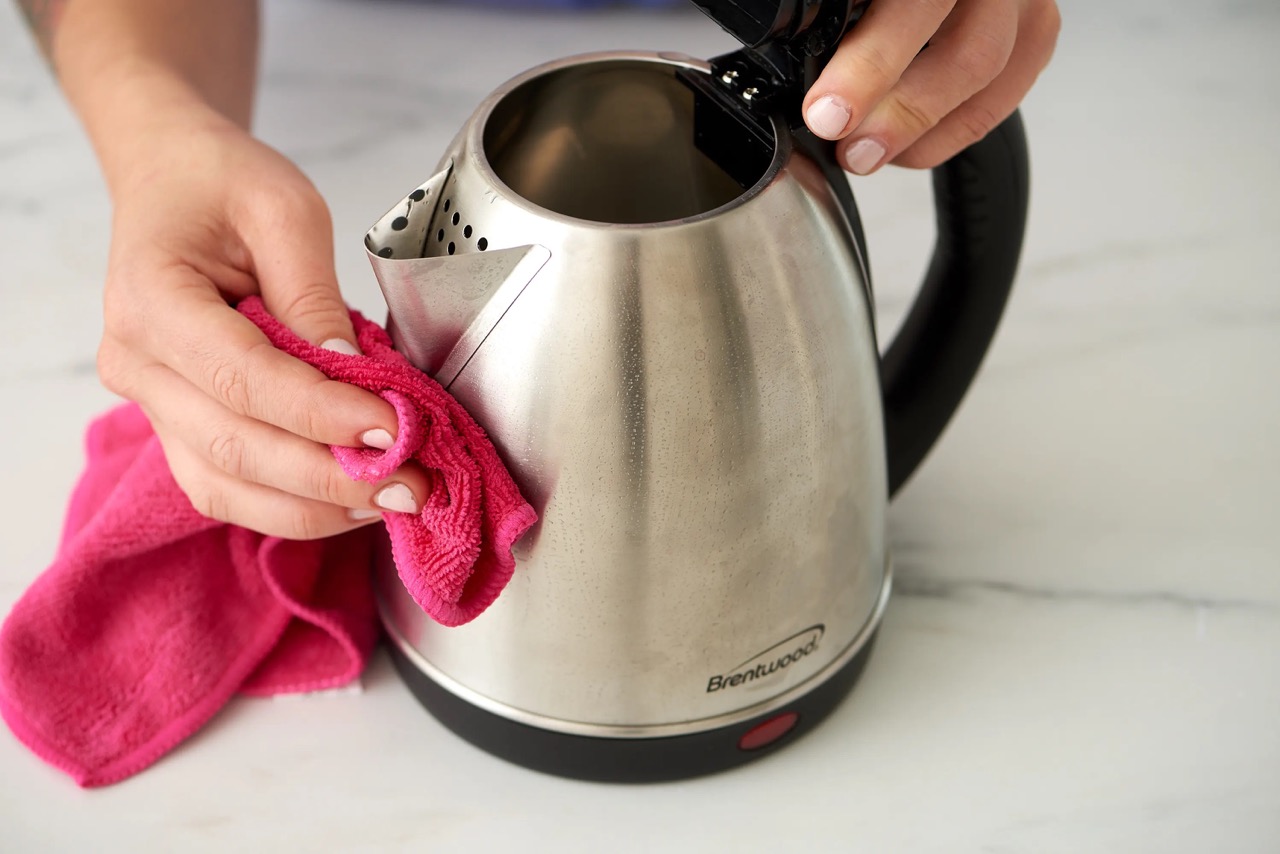
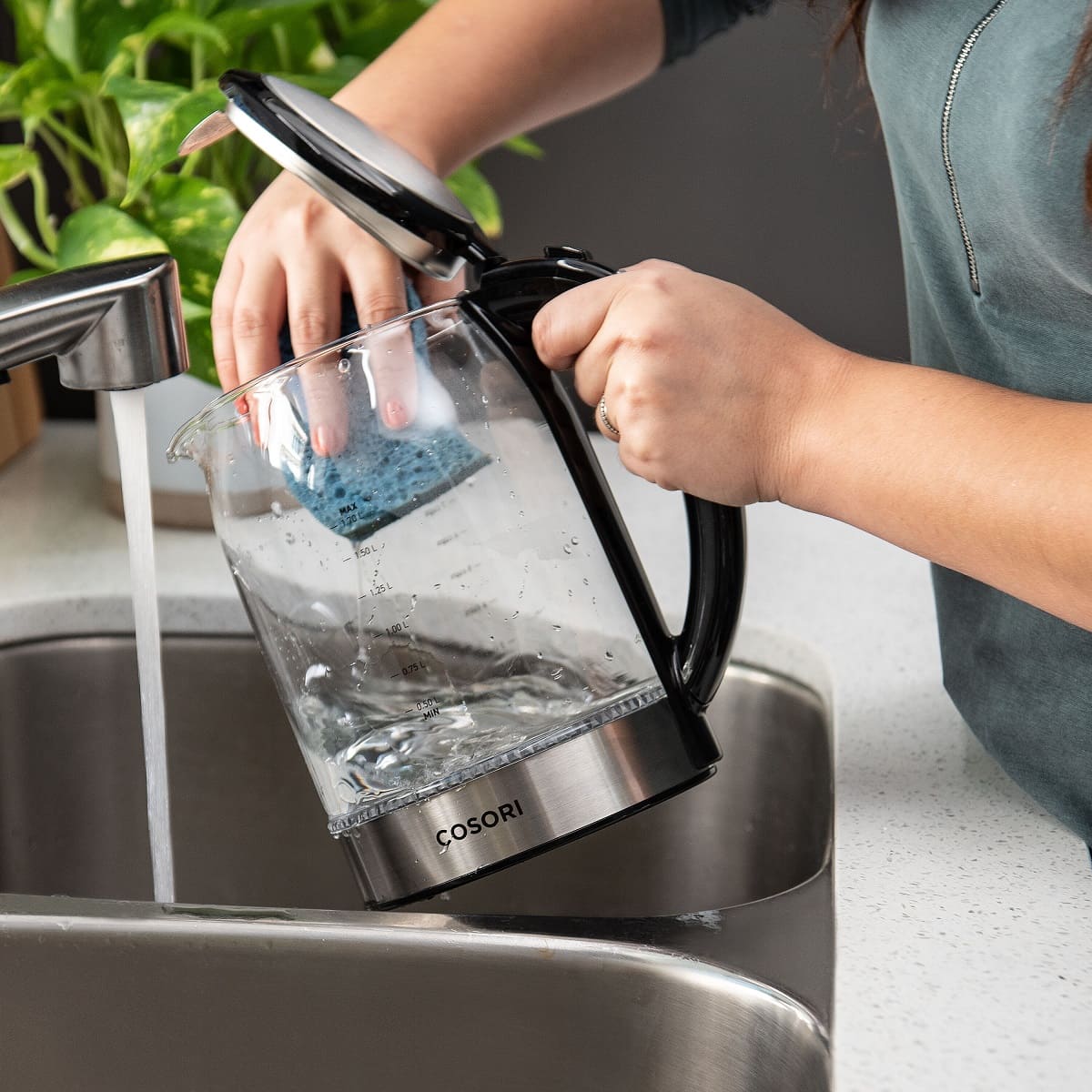

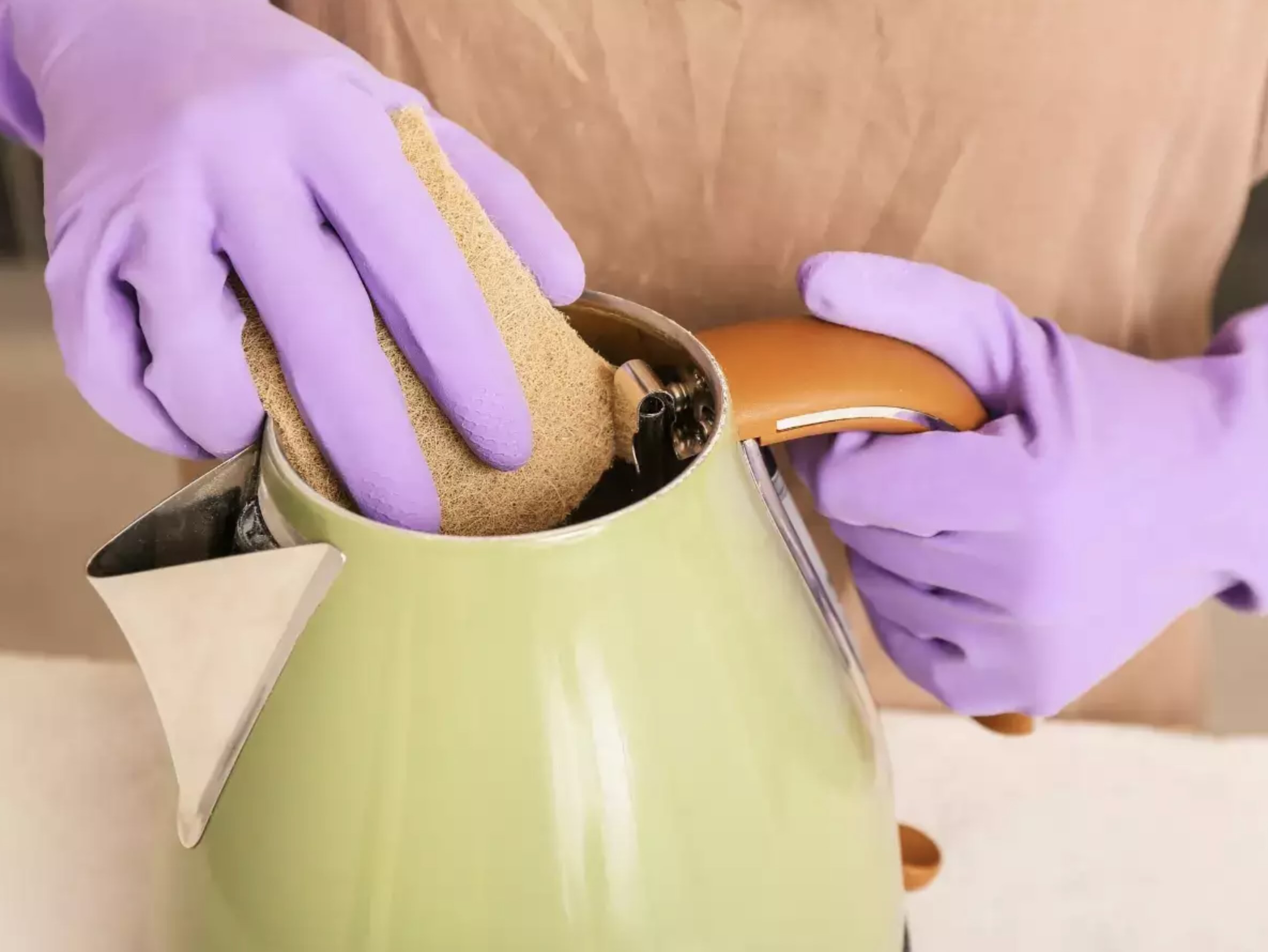
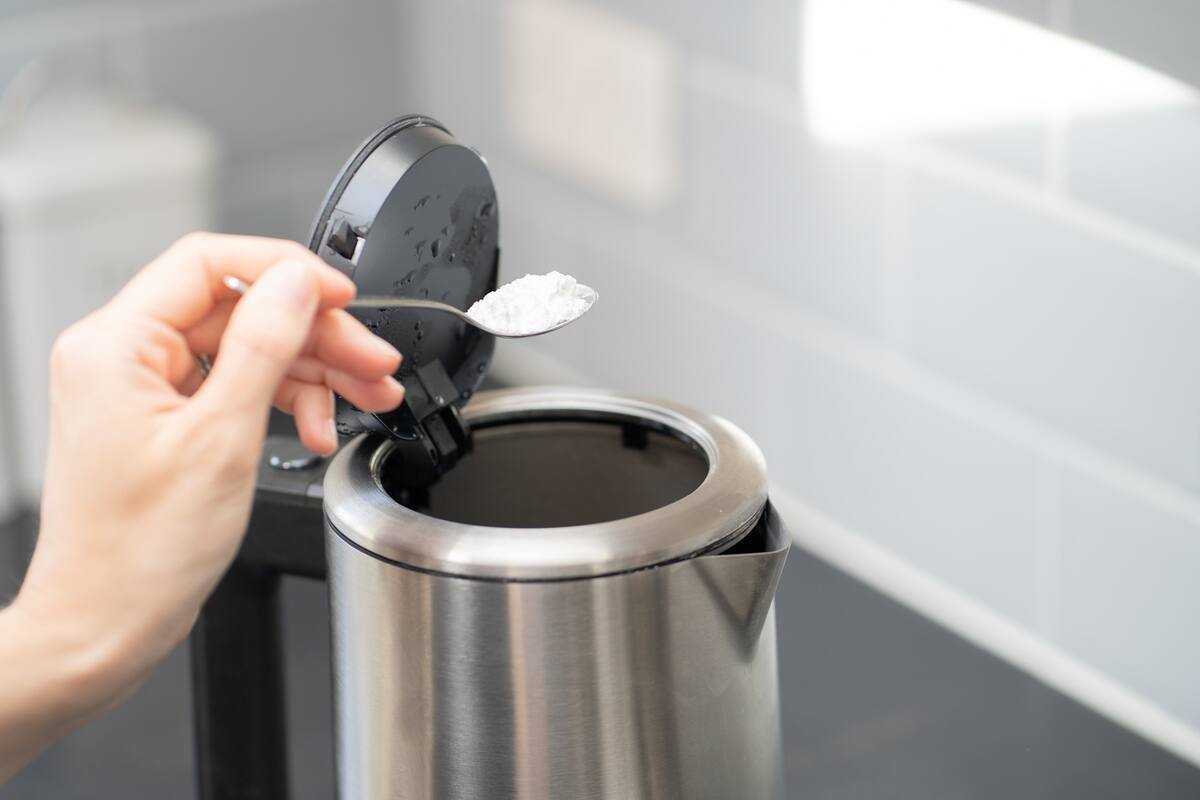
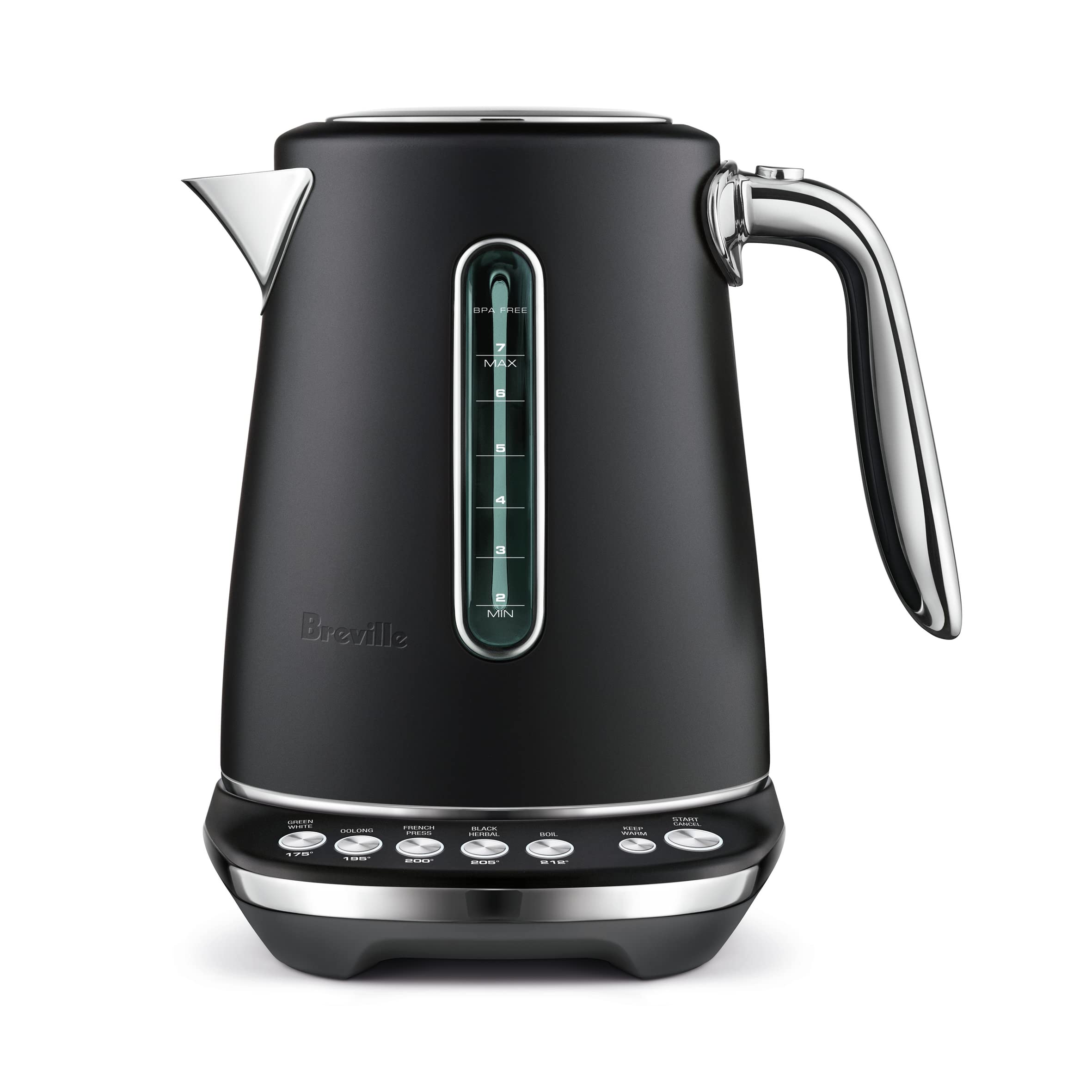


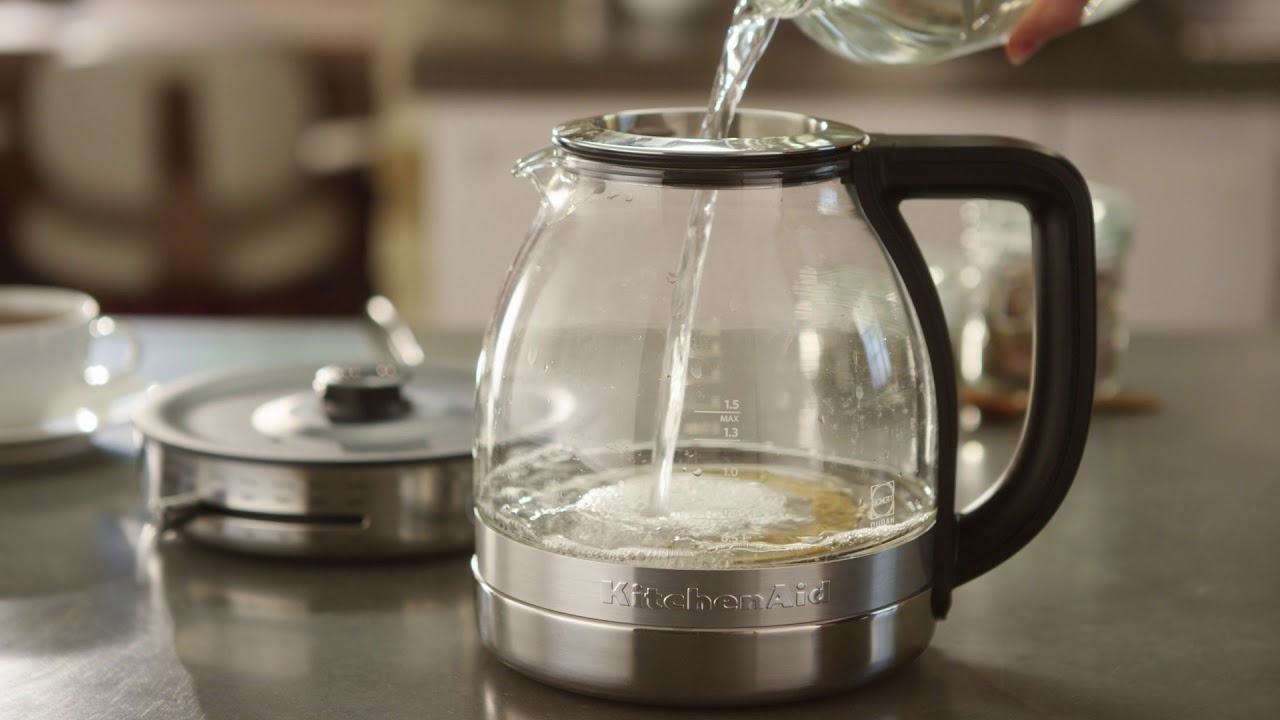
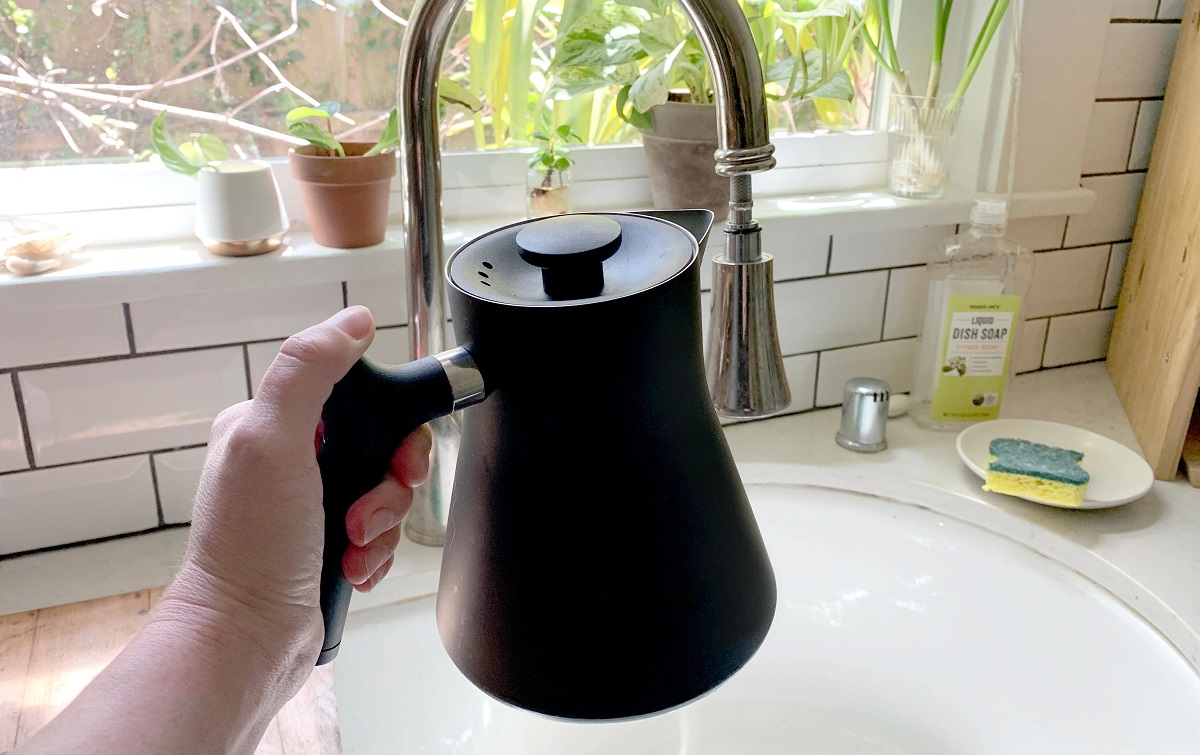
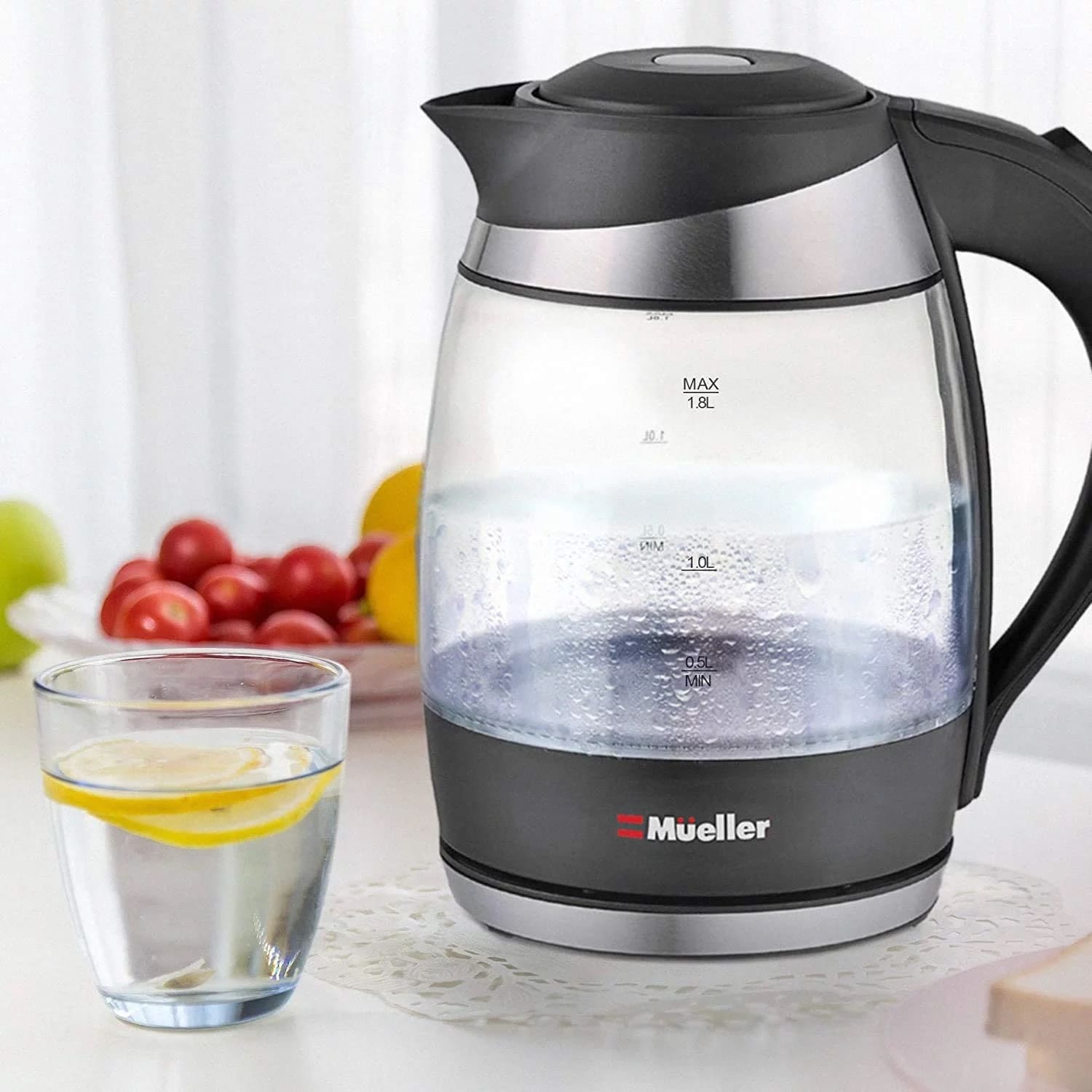
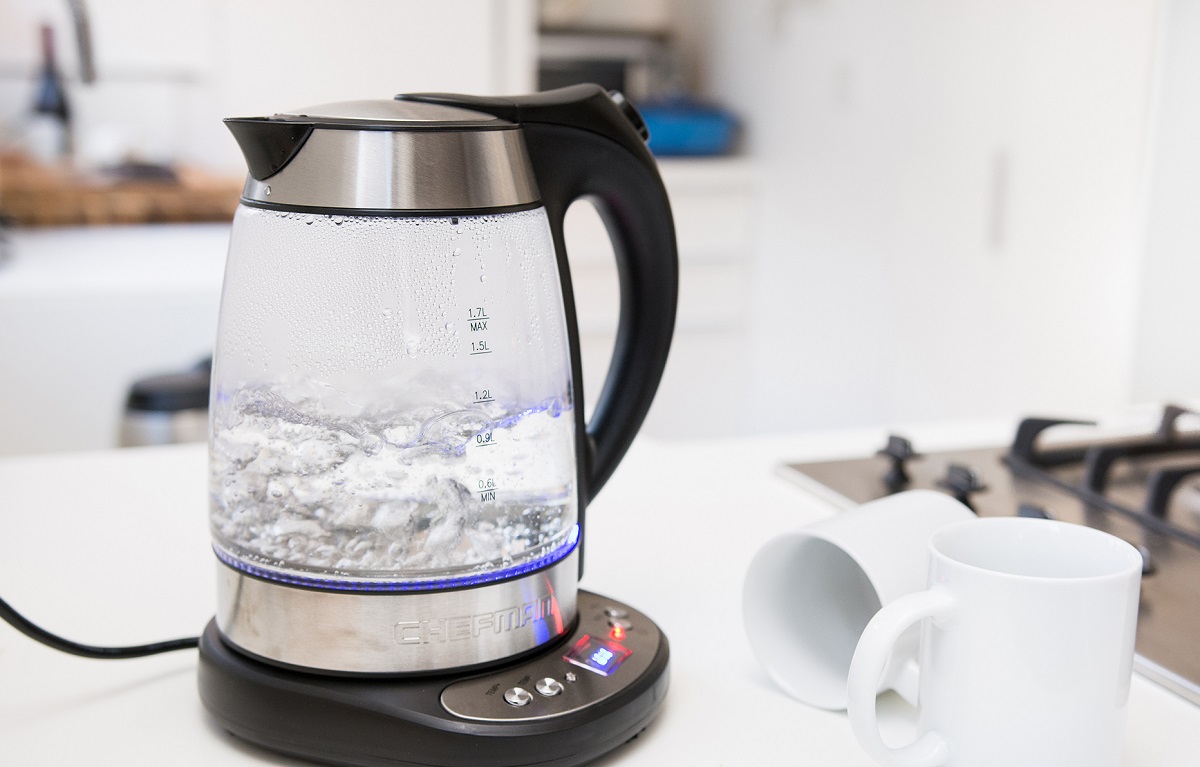

0 thoughts on “How To Clean A Kettle With Lemon”